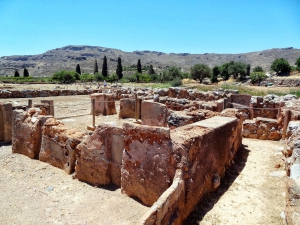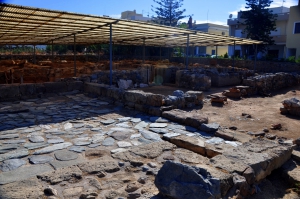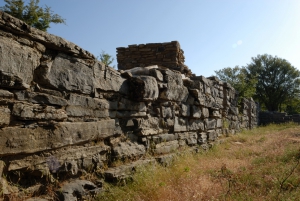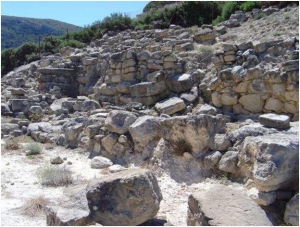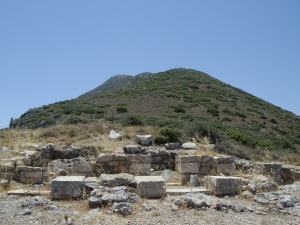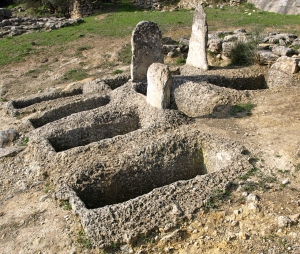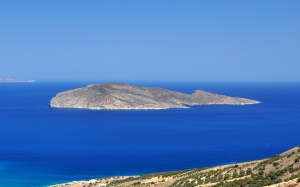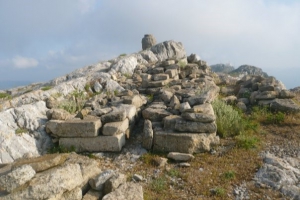Zakros is located in a remote area of eastern Crete, 45km southeast of Sitia. Communication with the Mid East was faster from here during the Minoan Age, thus the Minoans built here the administrative center of Eastern Crete, with an important port. The findings are very rich (sheets of gold, ivory, jewelry, pottery, etc.) and prove the close relationship of the city with the ports of Cyprus, Egypt and the Middle East.
The mansion was firstly excavated in 1918, when four major sacred bronze axes were found. This fact, combined with the large number of religious objects in manufacturing stage, indicates that the mansion operated as a workshop for a Minoan priest who created religious objects. 700m west of the mansion, archaeologists have detected traces of a small Minoan settlement and a harbor.
Ancient Zominthos is located 7km west of Anogia, on the road heading to the plateau of Nida. Discovered in 1982, Zominthos is one of the most important archaeological discoveries in Crete, compared my many to that of Knossos.
Just outside the village Zhou Sitia in 1955-1956 a large Minoan Agrepavlis (Rural Mansion)was excavated with many rooms (rest homes, workshop, living room, furnace, etc). Part of the site has been destroyed by the works for constructing the road.
At position Anemospilia, on the north slopes of Mount Jiouchtas, the archeologists G. and E. Sakellarakis located in 1979 a small sanctuary of Minoan Crete that surprised the global archaeological community. This small sanctuary offered the first indication of human sacrifices in Minoan Crete.
The archaeological site of Fourni is located on the homonym wooded hill, 17km south of Heraklion and west of Kato Archanes. To get there (the site is not open, but you could contact the guard), you could walk along the Minoan path starting from Kato Arhanes or drive to the beautiful artificial grove of Fourni.
Psira is a small uninhabited islet located 1 mile north of Tholos beach, situated at the northeastern edge of the Gulf of Mirabello. In Psira a Minoan settlement of 15-20 acres has been found, being one of the most important sites in Crete.
Jiouchtas in the ancient times was considered a sacred mountain, mainly because it resembles a human face that looks to the sky from the northwest. Even today the human like mountain causes awe. According to the legend, this is the face of Zeus and the mountain is his tomb. Indeed the name Jiouchtas is a corruption of the Latin word for Zeus, Jupiter.











